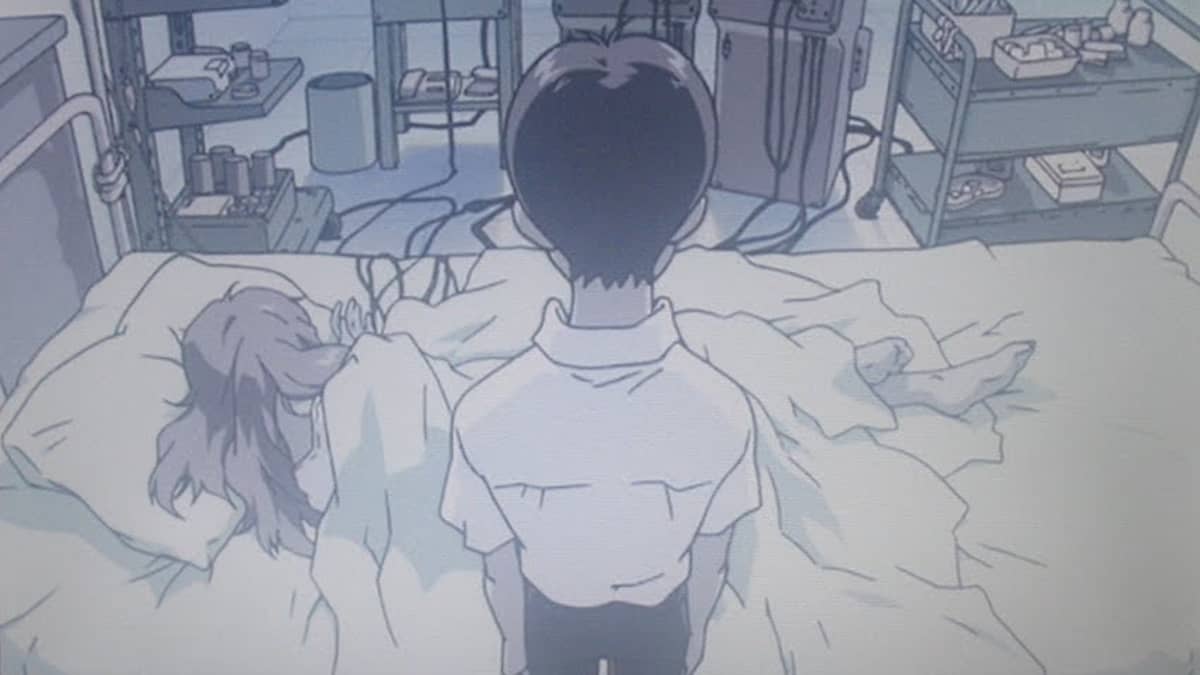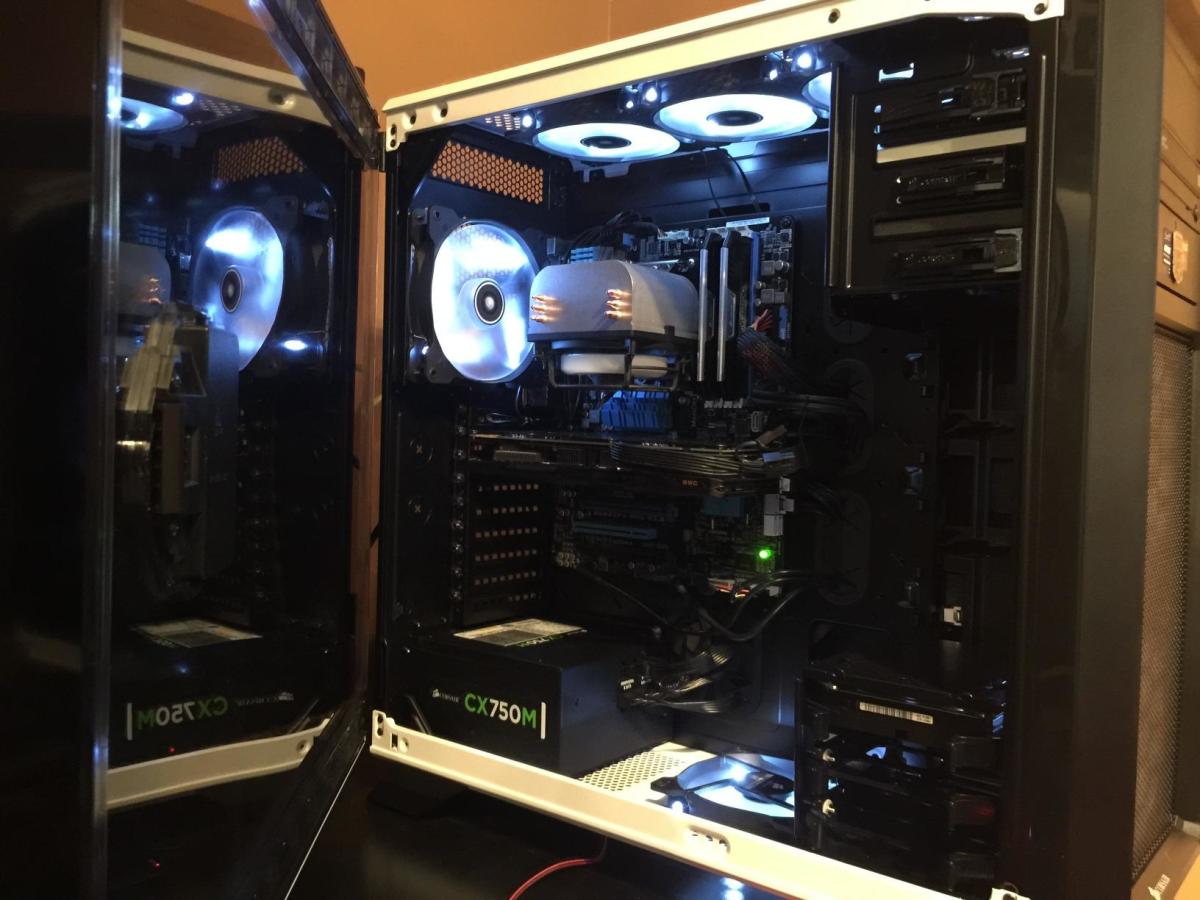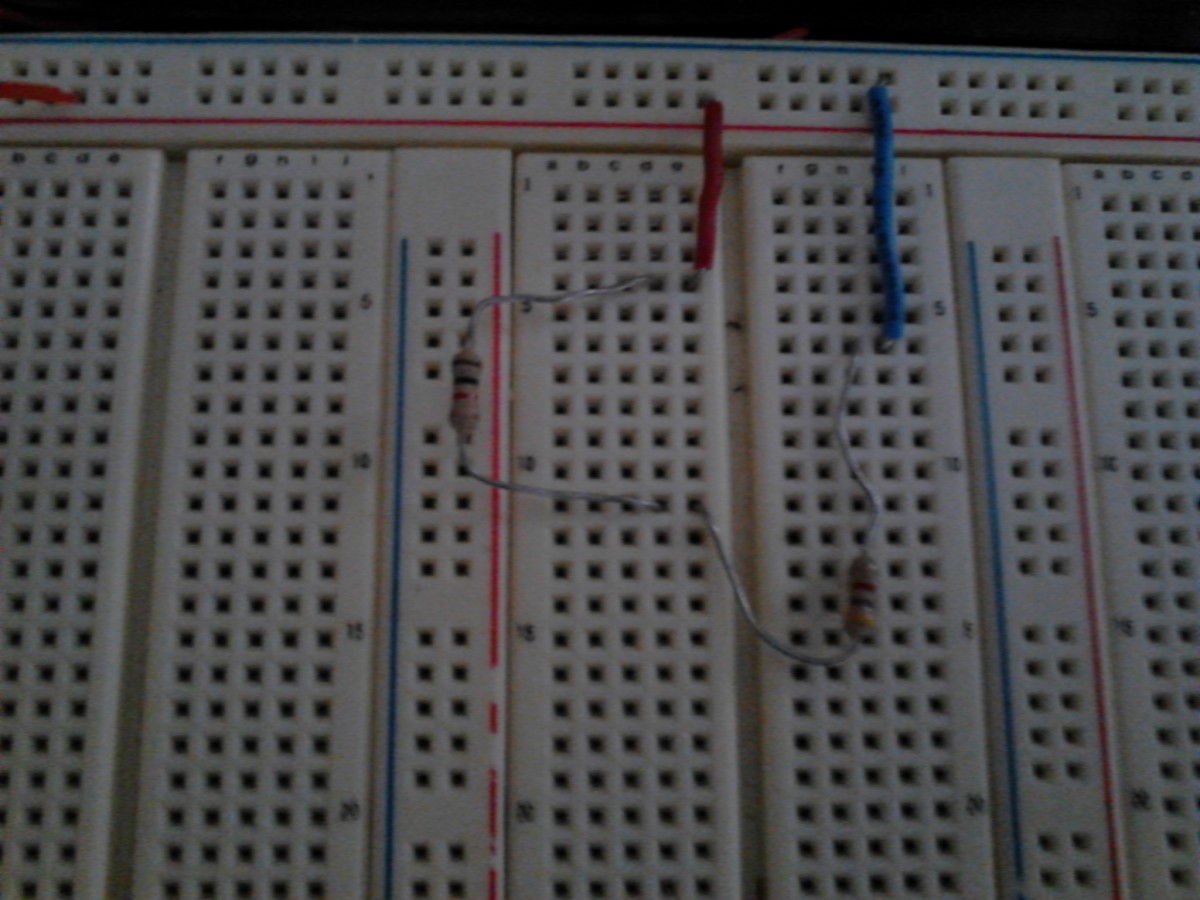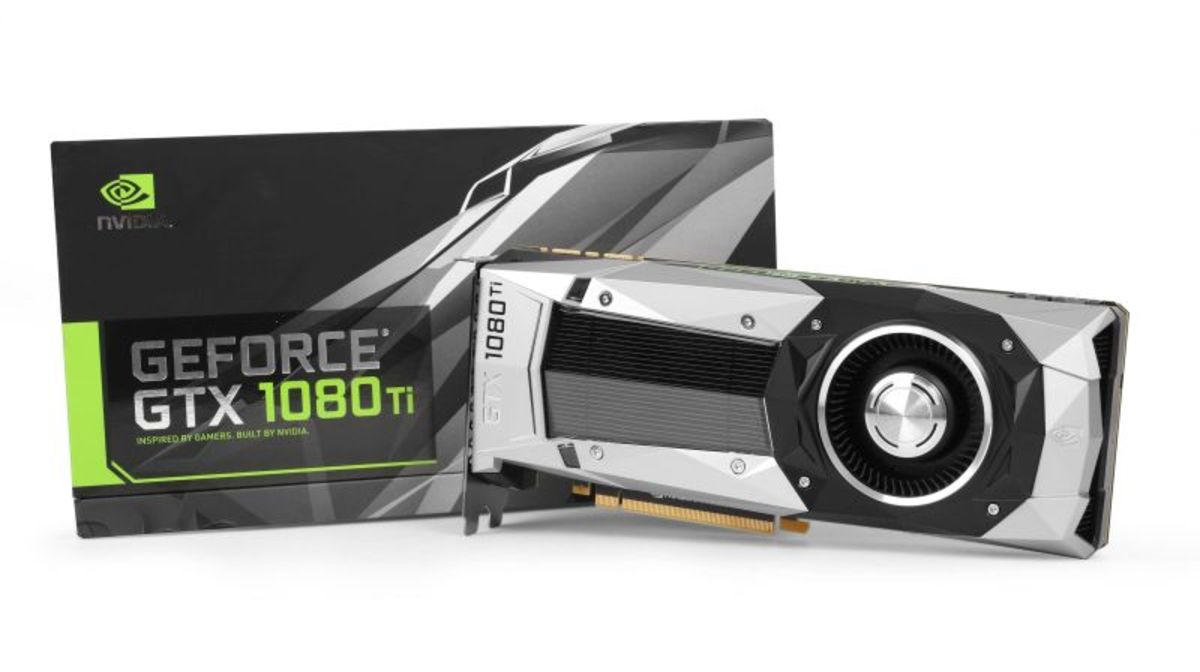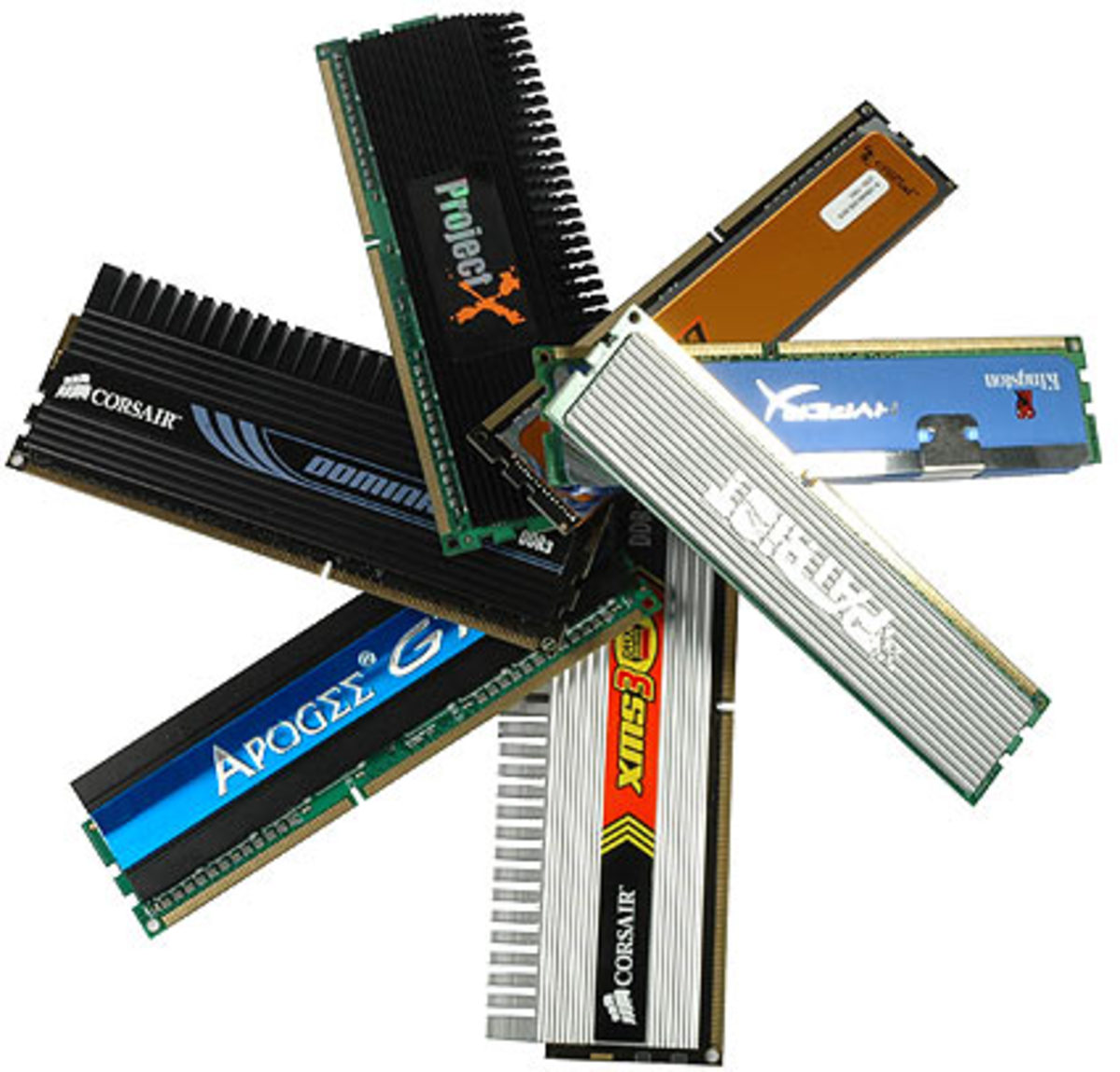My Computer's Fan Is Making Weird Noises! Diagnosing and repairing CPU fan problems
Every computer owner has experienced it at one point in time or another: strange, often terrible noises coming from their computer's fan. It isn't just an annoyance- it can be a sign of serious problems with your computer. If you're looking to learn how to diagnose and hopefully repair any problems your computer's fan is having, read on. There are lots of different problems that could be causing the noise and many of them are simple to fix on your own.
Before starting, make sure you have a few simple tools at the ready to make sure the job goes smoothly.
- A standard screwdriver
- A small pair of pliers. Too large will make it difficult to move inside of a cramped computer case.
- Tweezers
- A pen-sized flashlight
It might also be useful to have anti-static guards, extra screws, and a small amount of rubbing alcohol. Once you've diagnosed the problem, you'll be able to decide what specialized tools you might need to repair the fan problem.
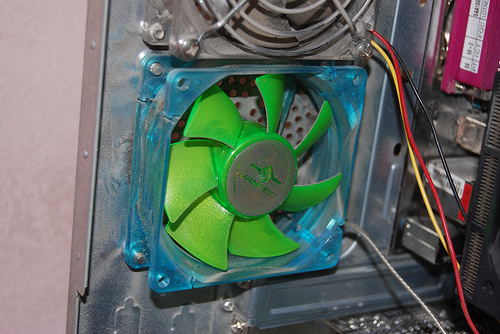
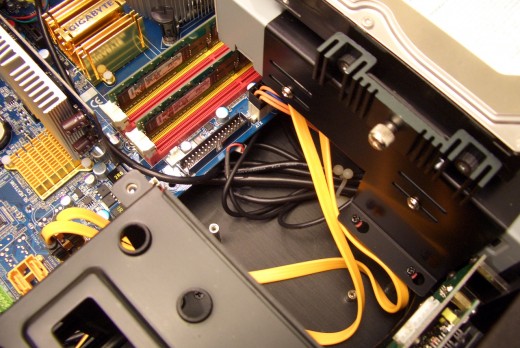
Find Out Why Your Computer Is Making The Noise
The first step to fixing a loud fan is to find out why, exactly, the fan is so loud in the first place! Here are some of the most common problems that cause loud fans alongside the sounds they make.
Wires Are Touching The Fan Blade - If you're hearing something that sounds like a playing card in the spokes of a bicycle wheel, you've probably got some wires bouncing off the fan blades. This can happen if wires have come loose or if the computer has been opened up recently. Simply open the side panel of your computer and rearrange the wires so they are away from moving components. It might be useful to purchase a few wire ties to ensure that the interior stays clean.
Don't ignore this problem! Not only will it slow down your fans and cause heating issues, but it will also erode the wire casing and cause serious electrical problems. It is very simple to fix, so don't let it wait.
Your Computer Is Overheating - If your fans are blaring at full speed constantly, it is very likely your computer is too hot. This can be the result of not all the fans operating properly, an overclocked CPU your computer is not equipped to handle, or simply being run too long. Download a third party program like Speed Fan if your computer does not come pre-installed with a temperature monitor. Using this, you can see what parts of your computer are running at what temperatures. I particularly like Speed Fan over other similar products because it allows you to manually change your fans speed from your desktop.
If you are overheating, it could be the sign of hardware failure. It is especially important that CPUs and video cards stay cool. Otherwise, your computer will suffer frequent involuntary shutdowns. Excessive heat could also cause permanent damage to your hardware. If your external fans are broken, read the guide below to find out how to replace them. If your CPU or video card's fans are the problem, consult with the manufacturer before attempting repairs. Video cards in particular will probably require a replacement unit, as there is very little a do-it-your-self computer repairmen can do.
Your Fans Are Dying - No piece of machinery can last forever. For many reasons, a fan could be on the end of its life cycle. If you hear lots of whining, stopping and starting, or a very slow start up, your computer's fan might be on its last legs. Although sometimes all that it takes to fix it is a little grease near joints, it is just as likely the motor is breaking down. It is most cost efficient to buy a new fan, especially for the CPU.
Dust- Be sure to keep your computer dust-free as well. Dust can and will accumulate over time in any machine and can clog up fans. Use alcohol wipes and compressed air to carefully remove any dust bunnies from your fans to ensure proper ventilation.
Installing A Case Fan
Sometimes you just need to replace a simple case fan. These are the easiest computer fans to install. If you've ever installed or removed RAM, you won't find this much more difficult. Follow these simple instructions and you will be able to have a new PC exhaust fan replaced in no time.
- Carefully remove the old fan. Use your screwdriver to carefully remove the screws located on the four corners of the fan. These are very small, so be sure to put them somewhere they won't be lost.
- Unhook the power cables. There will be at least one (often two more more) power cables connecting your old fan to the motherboard. Depress the tab and give a firm pull to disengage the plugs.
- Carefully place your new case fan. Usually, the same space you used to mount the old fan can be used for the new fan. Make sure it is firmly secured, and screw in the new fan. If you are planning to put your fans in a new position (higher or lower or changing to a side-panel exhaust system) be sure to replace the back panel.
- Carefully arrange wires. A new fan is a new opportunity to give your computer the best airflow possible. Make sure your system's wires aren't obscuring the fan from cooling vital hardware.
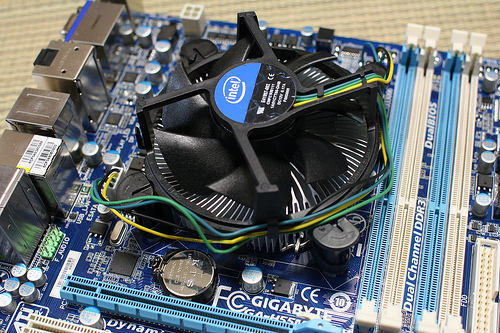
Replacing Your Cpu Fan And Heatsink
This is significantly more difficult and should only be attempted by those who are confident in their ability to work inside of computers. Sometimes, it becomes necessary to replace a CPU's cooling system. If you turn on your computer and the big, square fan located directly on the motherboard isn't working, you'll either have to replace the CPU fan or have a professional do it for you. As the CPU almost always runs very hot, it can not survive without a fan blowing cool air directly on it for long.
You'll need to make sure you have thermal paste or a thermal pad. These are necessary to keep most modern processors cool.
Each CPU is different and has a slightly different method of replacing a fan. Most, however, require you to carefully clasp your fan directly onto the motherboard and then screw them into place. This can be exceptionally finicky, so make sure you have a steady hand and a small screwdriver that can fit into tiny spaces. If you lose a screw, don't panic: just use your tweezers to remove it from where it fell.
If you find it difficult to unscrew due to the proximity of wires or other pieces of hardware, try using long-nosed pliers to loosen the screws first.
Once you've removed the fan, carefully unhook the power cable and slowly loosen it from its resting place. If it does not come off easily, gently rock it back and forth
Follow the manufacturer instructions regarding the use of a thermal pad or thermal paste. If you are unsure of which to use, read the instruction manual that came alongside your new fan. Different manufacturers have different suggestions.
After applying either the thermal pad or thermal paste, it is time to install the new computer fan.
- First, line the fan up with the claps that will be used to secure it. Once it is properly aligned attach the power supply.
- Then, slowly lower the fan into place. This is extremely important! Putting it down with too much force could cause a variety of different types of damages. Simply rest it where it is supposed to go.
- If the fan needs to be locked in, firmly hold it in place until it gently snaps in. If it needs to be secured via clasps, carefully pull them into place, making sure the heatsink/fan stay level.
- Screw the fan back in.
- Test the fan. Turn your computer on with the case still open. If the cpu fan does not work, turn the PC off immediately. If it does, let it start up normally and check the idle temperature of the processor. If it is satisfactory, close up your machine and congratulate yourself to a job well done.


